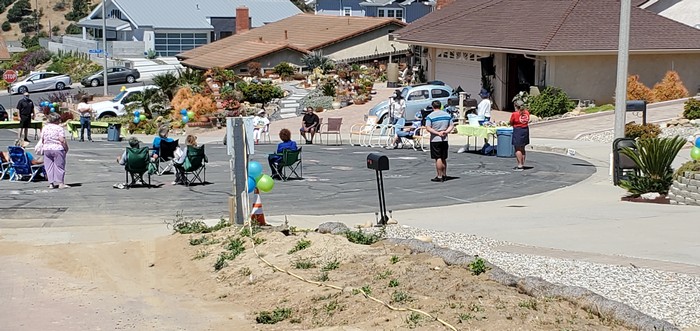ILP provides support to foster youth between the ages of 16 to 21.
As the county adjusts to the new normal, it is important to ensure the safety and wellbeing of one of our most vulnerable populations – older youth in care. Homes with Heart VC believes it is essential to provide a network of support for older youth transitioning out of foster care.
Recently, an even more crucial emphasis has been placed on older youth without support such as those currently transitioning to self-sufficiency. According to a recent article from the Chronicle of Social Change, Governor Newsom stated that approximately 200 young adults age out of foster care at age 21 every month in the state of California. The agency’s Independent Living Program (ILP) provides support to foster youth between the ages of 16 to 21 with the goal of helping them on their transition to a successful future, but due to the current circumstances, older youth, often without families, need additional community support now more than ever before.
Many local charities help children, youth, and families in very unique ways, more recently they are stepping up together to provide important resources and support to transitional youth in need now more than ever. This amazing group includes: Children Services Auxiliary, James Storehouse, Child Hope Services, RaisingHOPE, Women of Substance Men of Honor, and Shelter Care Resources. These organizations will be providing essentials such as food, clothing, transportation, rent and utility assistance for those youth in need of extra support.
“During this critical time, Homes with Heart VC are so fortunate to have resource partners that, despite the circumstances, can come together in support of our older transitional youth,” said Jaci Johnson, Program Coordinator III - Recruitment for the County of Ventura, Human Services Agency. “It’s truly heartwarming to see the community’s involvement in the lives of our older youth that can easily struggle on their own without support.”
For more information about how you, your business or your family can get involved, visit http://homeswithheartvc.org/ILP
Recognized as a best practice leader statewide in the family recruitment and support component of child welfare, Ventura County Children and Family Services’ Homes with Heart VC, previously known as Foster VC Kids, was developed to increase the amount of loving resource families who are ready to take in children in need in Ventura County. This initiative provides resource families with ongoing support services, trauma-informed training, and mentorship to enhance the safety, permanency and well-being of Ventura County’s youth and families. Learn how Ventura County Children and Family Services’ Homes with Heart VC is making a difference throughout Ventura County, www.homeswithheartvc.org.









